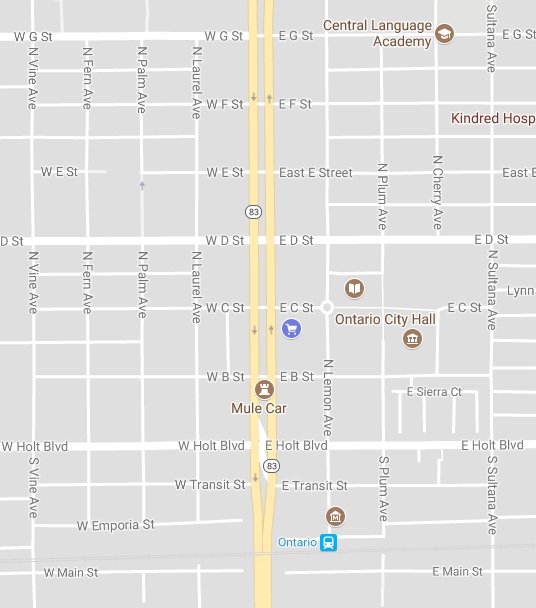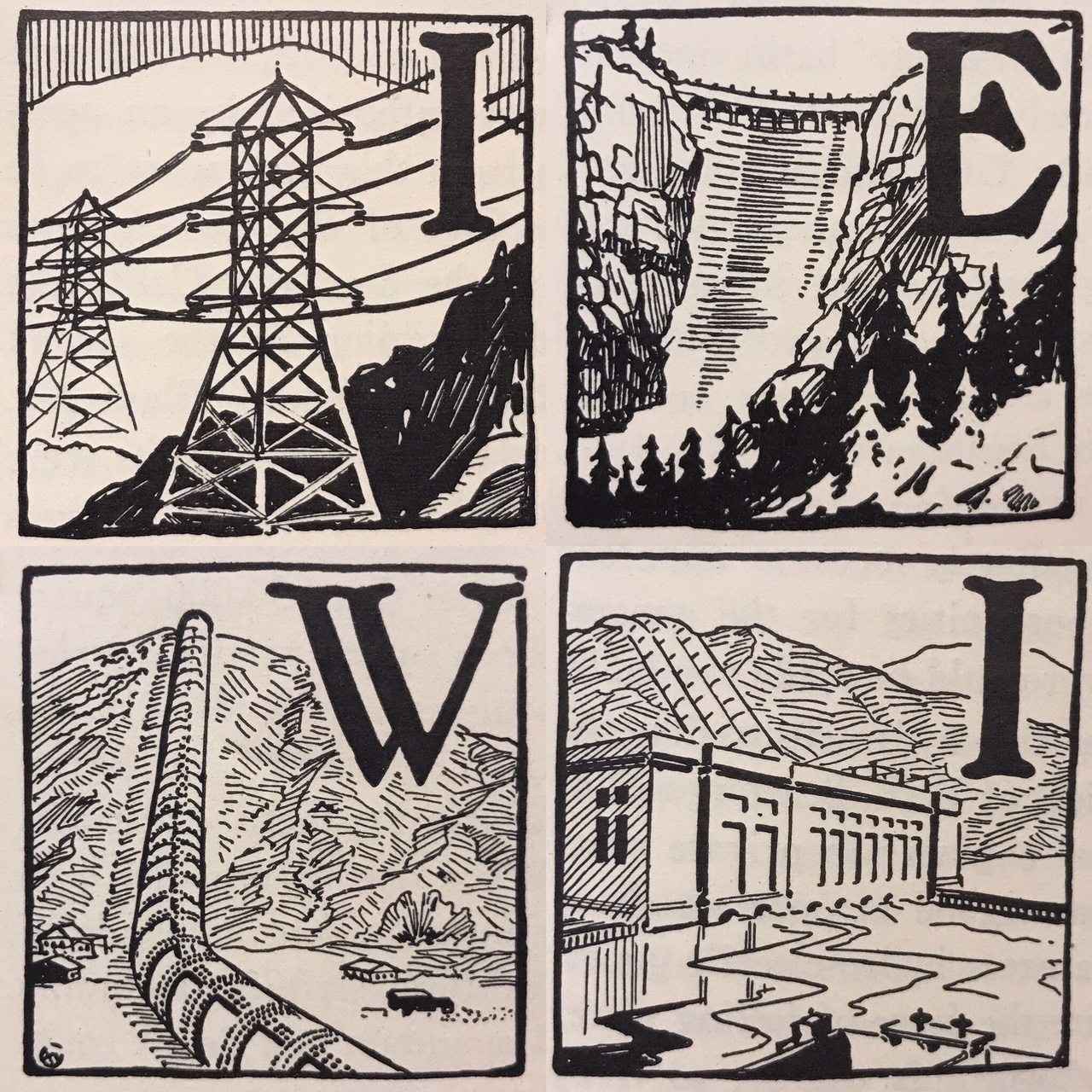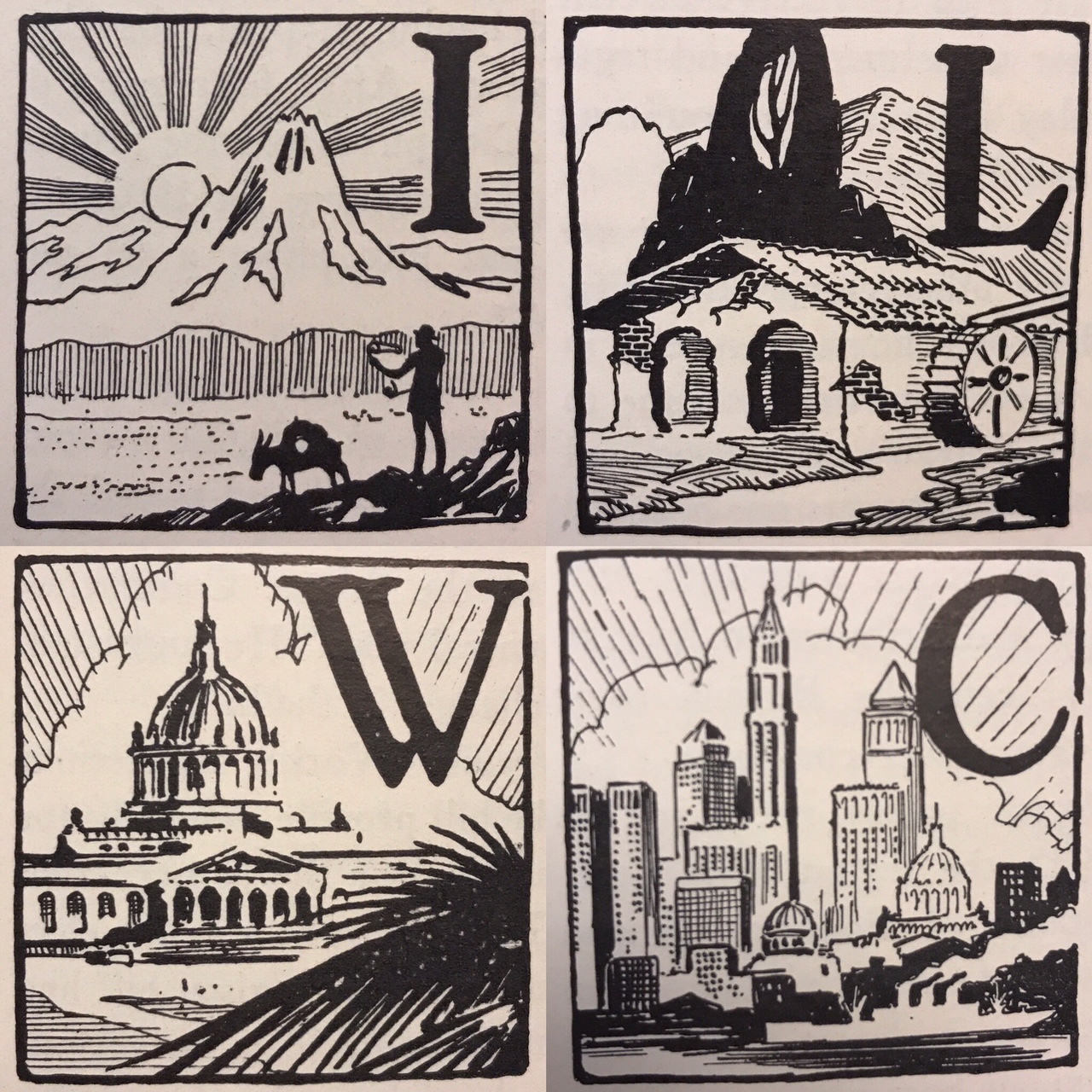One important aspect of archival work is
making information from primary sources accessible to people. For the
most part this priority manifests through the creation of finding aids,
the opening of reading rooms, and the establishment of
digital libraries. The Honnold Mudd Library implements all these
features in order to invite scholars to use the Special Collections.
However, there is another way to make primary sources accessible to
potential users: through the use of social media.
Social media makes archival and special collections
accessible not only practically but also intellectually. In a practical
sense, social media accounts can help promote repositories and
encourage use by scholars and other individuals through
the more traditional means listed above. However, it also allows social
media users to engage with primary sources intellectually. The social
media presence of a repository can be a direct way of disseminating
easily digestible pieces of information taken
from primary sources. By offering this engagement with primary sources,
social media makes these sources more accessible to an increasingly
wide audience.
Social media is a great way to share fun facts,
short stories, images, and developments–this is how many individuals use
accounts like Twitter, Instagram, and Facebook. Special collections
libraries and archival repositories can use social
media in similar ways. In the case of the Honnold Mudd Library and
Special Collections we use our social media accounts to share images and
videos of the collection, interesting information found in certain
documents, and new development for projects like
the CLIR Water Project. In this way, social media users engage with the
collection much as how they would use a finding aid, visit a reading
room, or browse a digital library.
There are two social media projects I have been
developing since becoming a CLIR CCEPS fellow: #TypographyTuesday and
#WaterWednesday. These hashtags are used by our Twitter, Instagram, and
Facebook accounts. #TypographyTuesday and #WaterWednesday
usually include an image from the collection paired with a little
background information. I like to take advantage of the visual elements
of the documents I come across in the Caldifornia Water Documents
collection when I post to social media so that my posts
are eye-catching. If this blog post caught your eye and you would like
to follow #TypographyTuesday and #WaterWednesday here are links to our
social media accounts.
Twitter:
https://twitter.com/honnoldlibrary
Facebook:
https://www.facebook.com/CLIRWater
Instagram: https://www.instagram.com/honnoldlibrary




